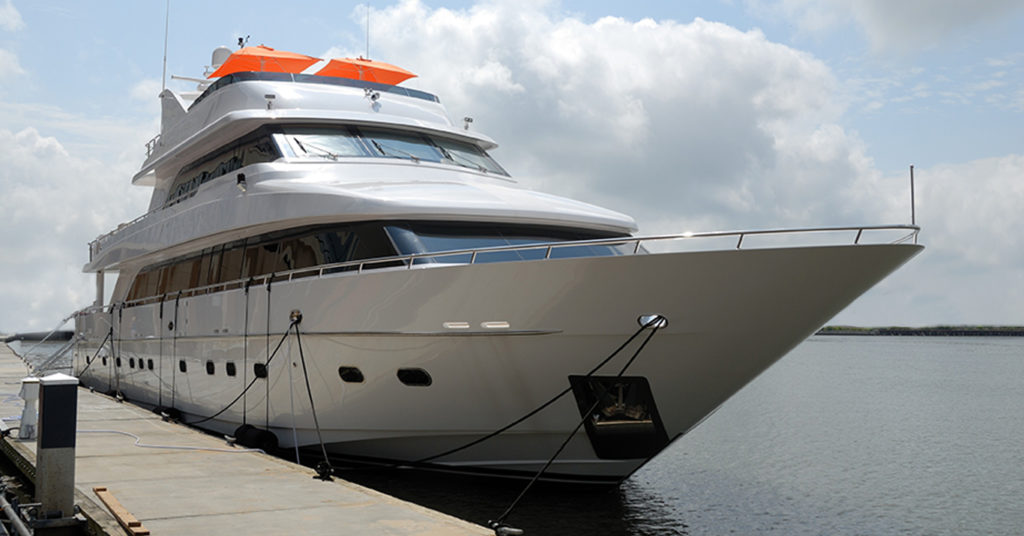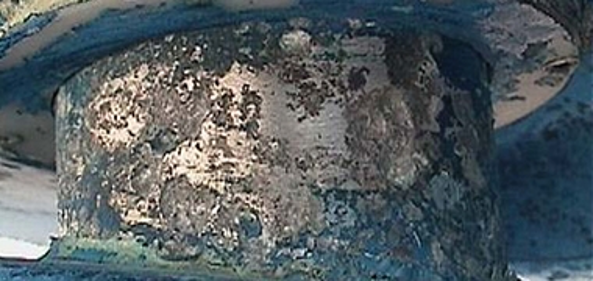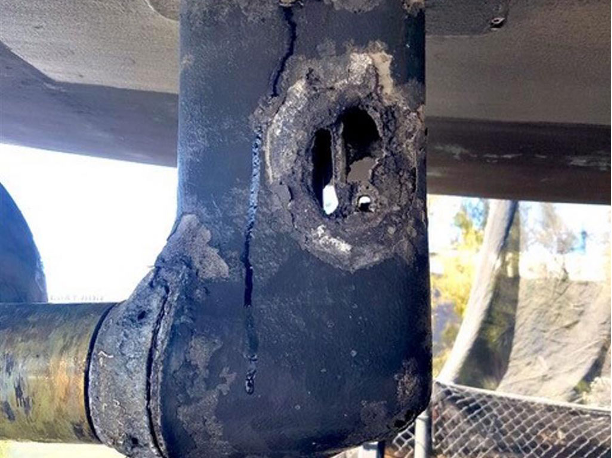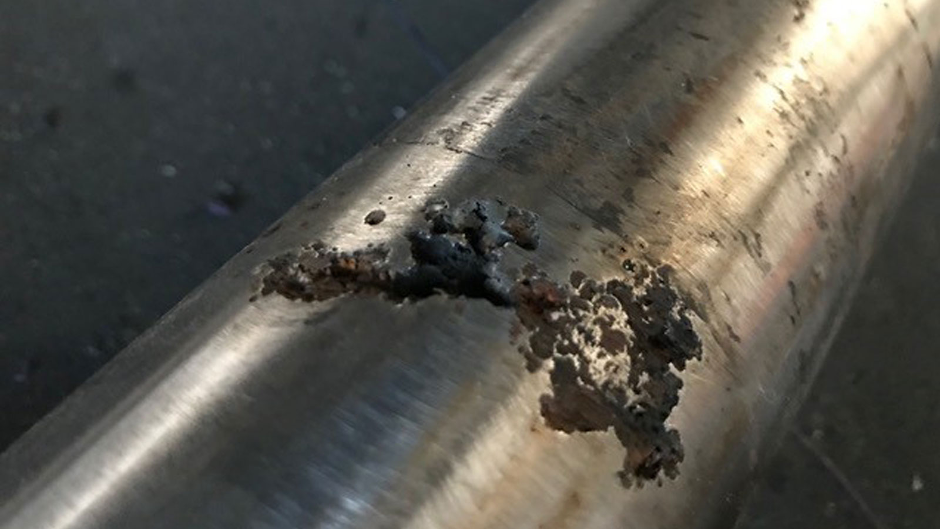
Marsden Marine Services Ltd are able to undertake precise electrolysis testing of your boat’s bonding system and zinc effectiveness.
Permanently moored vessels can be susceptible to sources of stray current for a number of reasons including:
- Too many or not enough protective zinc/aluminium blocks
- Stray currents from shore-based facilities
- Stray currents from onboard equipment such as high-power use anchor winches, radio transmitting equipment, starter motor units and numerous others
- Incorrectly earthed shorelines
- Incorrectly earthed or wired onboard equipment
- Nearby boats with electrical issues
- Welding carried out onboard without due consideration given to correct earthing procedures
- Faulty marina earth wiring (very unlikely these days)
- Protective blocks painted over
When galvanic anodes have been correctly designed and installed, the electrical potential of the vessel and its individual components should be in the range of -800mV to – 1,100mV in sea water.
Using our specialist testing equipment, we are able to determine if components such as props, rudders, shafts or underwater fittings are being protected by the vessel’s anode or the identification of issues with bonding wires.
Our specialist equipment measures the potential of your vessel, indicating whether your vessel is adequately protected against corrosion. Our equipment takes readings around your vessel, and then compares the results against the assessment table to check if your vessel is protected against corrosion.
Whether your vessel is made of aluminium, fibreglass, steel or timber, the test equipment can be used to identify stray current. Your hull does not necessarily need to be metallic to suffer from the effects of electrolytic corrosion. Sub surface metallic components such as propellers, shafts and shaft struts, rudder blades and skin fittings are also at risk.



